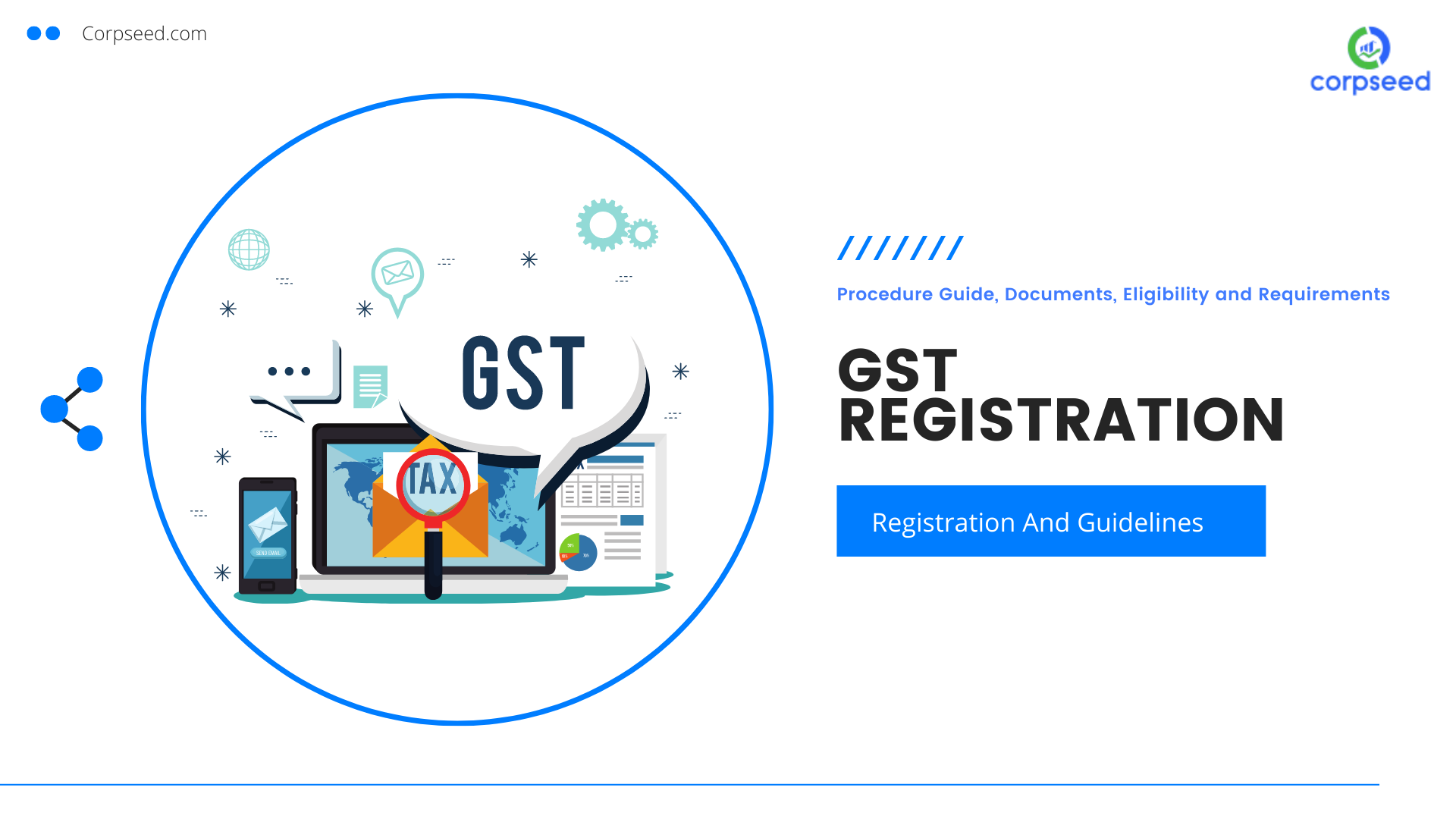Grasping GST Enrollment: Essential Steps to Make Sure Governing Compliance and Company Growth
Browsing the world of Item and Provider Tax (GST) registration can be a critical step for services intending to keep conformity and foster growth. The intricate process of registering for GST demands a keen understanding of the important steps included, from realizing the basic concepts of GST to diligently preparing the required documentation. Beyond just ticking off the regulatory checkboxes, mastering GST registration opens up a realm of possibilities for businesses to strategically leverage this tax framework to thrust their development. Recognizing the subtleties of GST enrollment is not just a governmental need however a tactical relocation that can form the trajectory of a business in the direction of lasting success.
Recognizing GST Fundamentals
Recognizing the basics of Item and Services Tax Obligation (GST) is important for services to navigate the intricacies of tax obligation conformity and financial monitoring successfully. GST is a value-added tax imposed on the supply of items and services in India, intending to produce a unified tax obligation system across the nation. Singapore GST Registration. Under GST, businesses need to sign up and obtain a special GSTIN (Item and Services Tax Obligation Identification Number) to be certified with the law

Preparing Necessary Files
To ensure compliance with GST registration requirements, businesses should gather and organize the essential documents for the application procedure successfully. The crucial records commonly required for GST enrollment consist of evidence of service registration or incorporation, PAN card of the organization, address and identification proofs of promoters, photos, bank declarations, and proof of address of the area of service.
Organizing these documents in an organized manner can enhance the application process and show business's dedication to regulative compliance. Services ought to keep both physical and digital copies of these papers for easy gain access to and reference. By preparing the essential records faithfully, companies can accelerate their GST enrollment procedure and concentrate on their core procedures with the guarantee of governing compliance.
Online Registration Refine
Begin the GST enrollment procedure by browsing to the official online website assigned for service enrollment. As soon as the account is established up, you can proceed with filling out the GST registration application type by getting in the essential business info, consisting of service turn over, kind, and address information.

Conformity and Coverage Responsibilities
Upon successful registration on the GSTN site and conclusion of the required paperwork, businesses must stick to rigid compliance and reporting commitments to learn the facts here now make certain governing adherence and operational openness. Conformity demands under GST mandate precise and timely filing of numerous returns, such as GSTR-1 for external supplies, GSTR-3B for month-to-month summary returns, and yearly returns like GSTR-9. Furthermore, companies require to resolve their sales and purchase information via GSTR-2A and GSTR-2B to insurance claim input tax credit histories properly.
Maintaining correct documents of billings, accounting documents, and various other relevant information is important for GST compliance. Normal audits and assessments by tax obligation authorities necessitate services to have meticulous paperwork and reporting systems in position. Any kind of inconsistencies or non-compliance can bring about penalties, fines, and even suspension of GST registration.
To simplify compliance procedures, companies can take advantage of GST compliance software application that automates return settlement, conformity, and declaring visite site monitoring. Remaining upgraded with regulatory changes and seeking expert suggestions when required can further enhance compliance efforts and make sure smooth procedures within the GST structure.
Leveraging GST for Business Growth
Companies can tactically use the GST structure to drive sustainable growth and improve operational performance (Singapore GST Registration). Leveraging GST for organization development entails even more than simply compliance; it provides a chance for companies to improve processes and optimize their economic procedures. One crucial advantage of GST is the input tax credit history system, which allows businesses to claim credit reports for tax obligations paid on inputs. By efficiently managing input tax obligation debts, firms can decrease their overall tax responsibility and enhance money flow. In addition, GST advertises transparency and liability in the tax obligation system, which can assist companies build trust with partners and consumers.
Additionally, GST registration can likewise open new markets for organizations. Being GST-compliant can improve reliability and make it easier to broaden procedures across state borders. This not only enhances market reach yet also promotes an one-upmanship in the marketplace. In addition, by aligning with GST laws, companies can adjust to altering market dynamics and stay in advance of the competitors. Essentially, leveraging GST for company development entails strategic planning, reliable compliance, and a forward-looking technique to economic monitoring.
Final Thought
In verdict, mastering GST registration is important for making certain regulatory compliance and helping with organization growth. By comprehending the next page essentials of GST, preparing essential documents, finishing the on the internet registration procedure, and meeting conformity and reporting obligations, companies can take advantage of GST to their advantage. It is crucial for companies to follow the guidelines and utilize GST as a tool for expanding their procedures and remaining competitive in the marketplace.
Browsing the realm of Goods and Provider Tax Obligation (GST) registration can be a pivotal action for services intending to preserve compliance and foster development. The crucial files generally needed for GST registration include evidence of organization enrollment or incorporation, Frying pan card of the address, identity and organization proofs of marketers, photos, financial institution statements, and evidence of address of the place of organization.Commence the GST enrollment process by navigating to the main online portal marked for business enrollment. Once the account is set up, you can continue with filling out the GST enrollment application kind by going into the essential company details, including service kind, address, and turn over information.
By understanding the fundamentals of GST, preparing essential papers, finishing the on the internet enrollment process, and satisfying conformity and reporting responsibilities, businesses can take advantage of GST to their benefit.